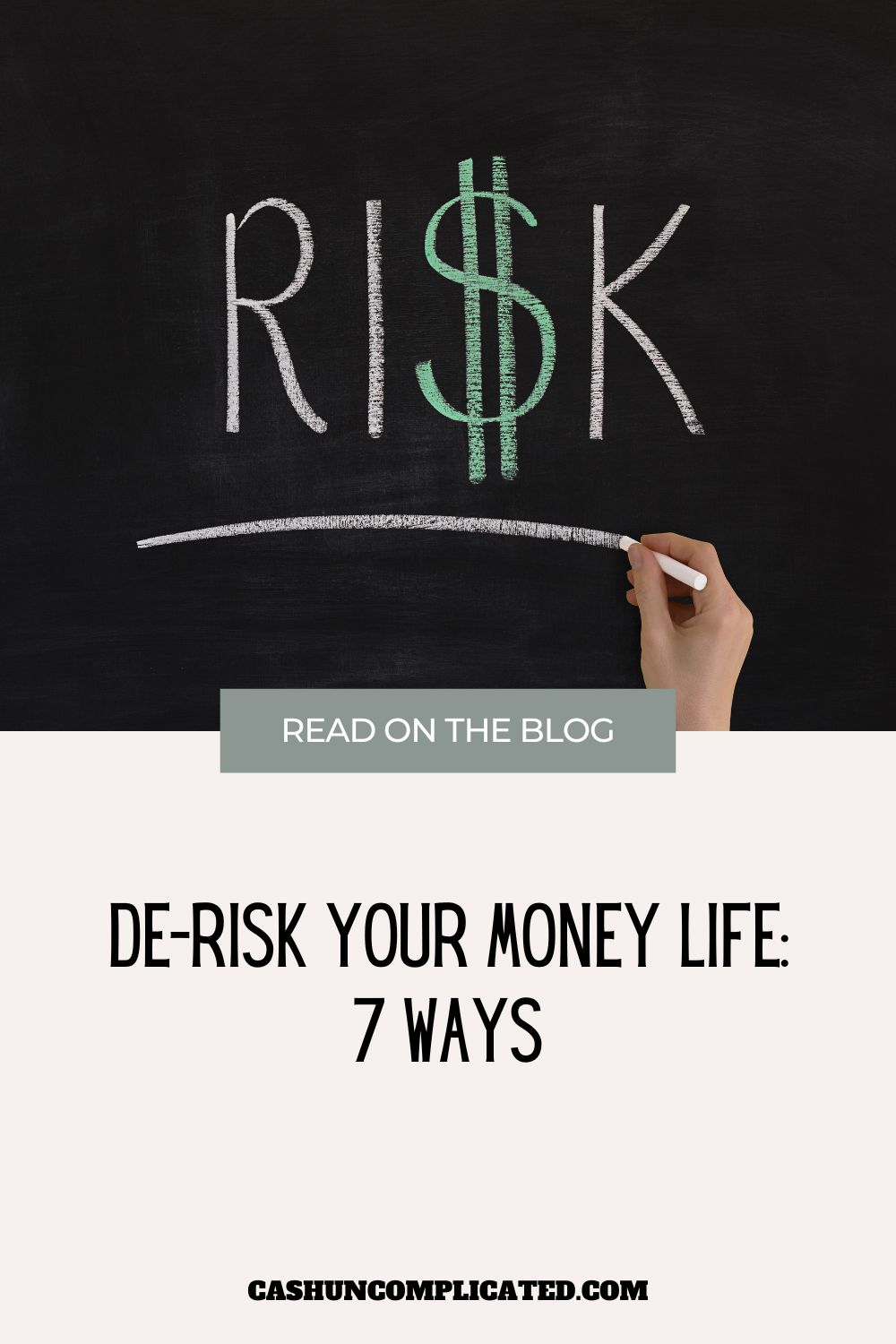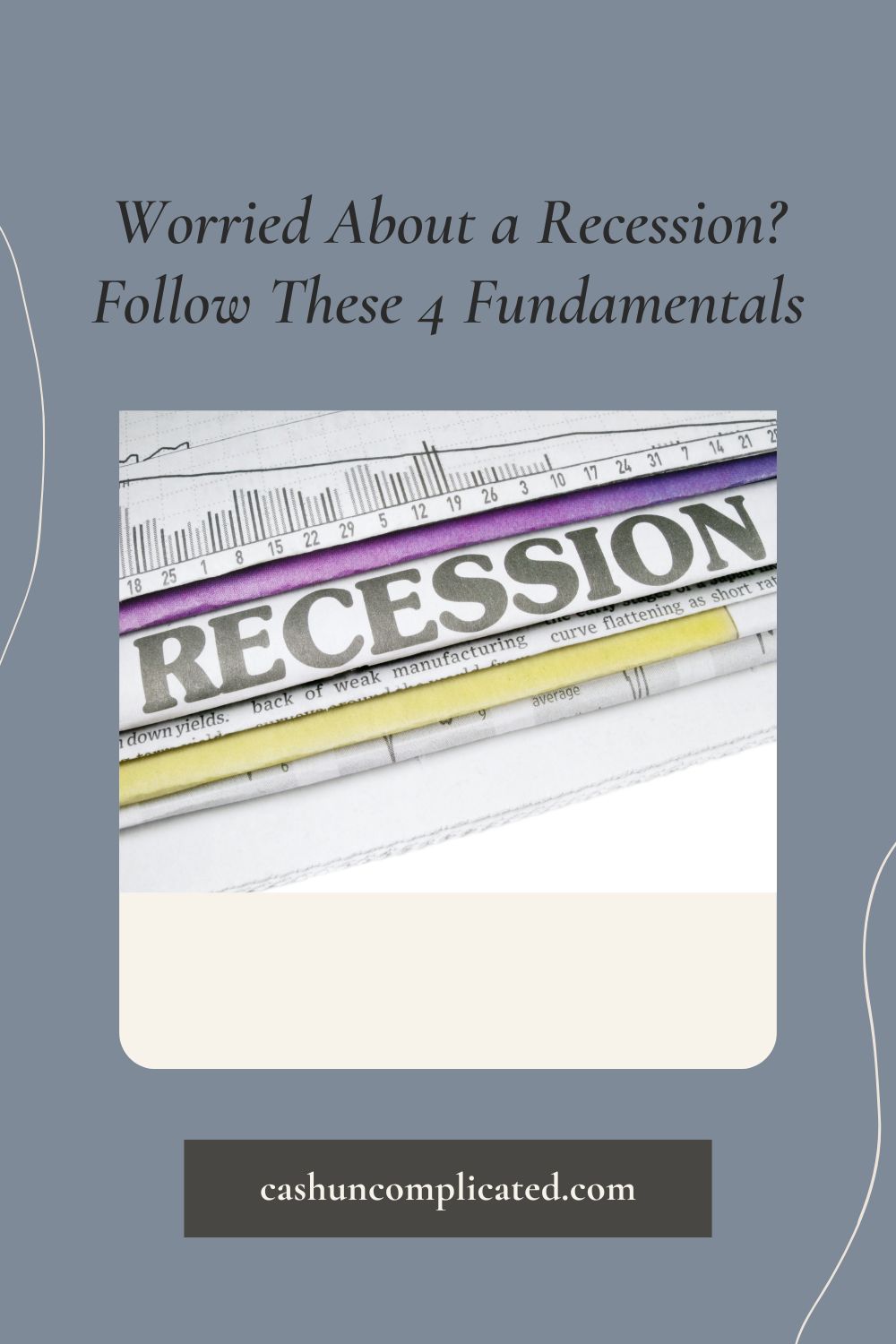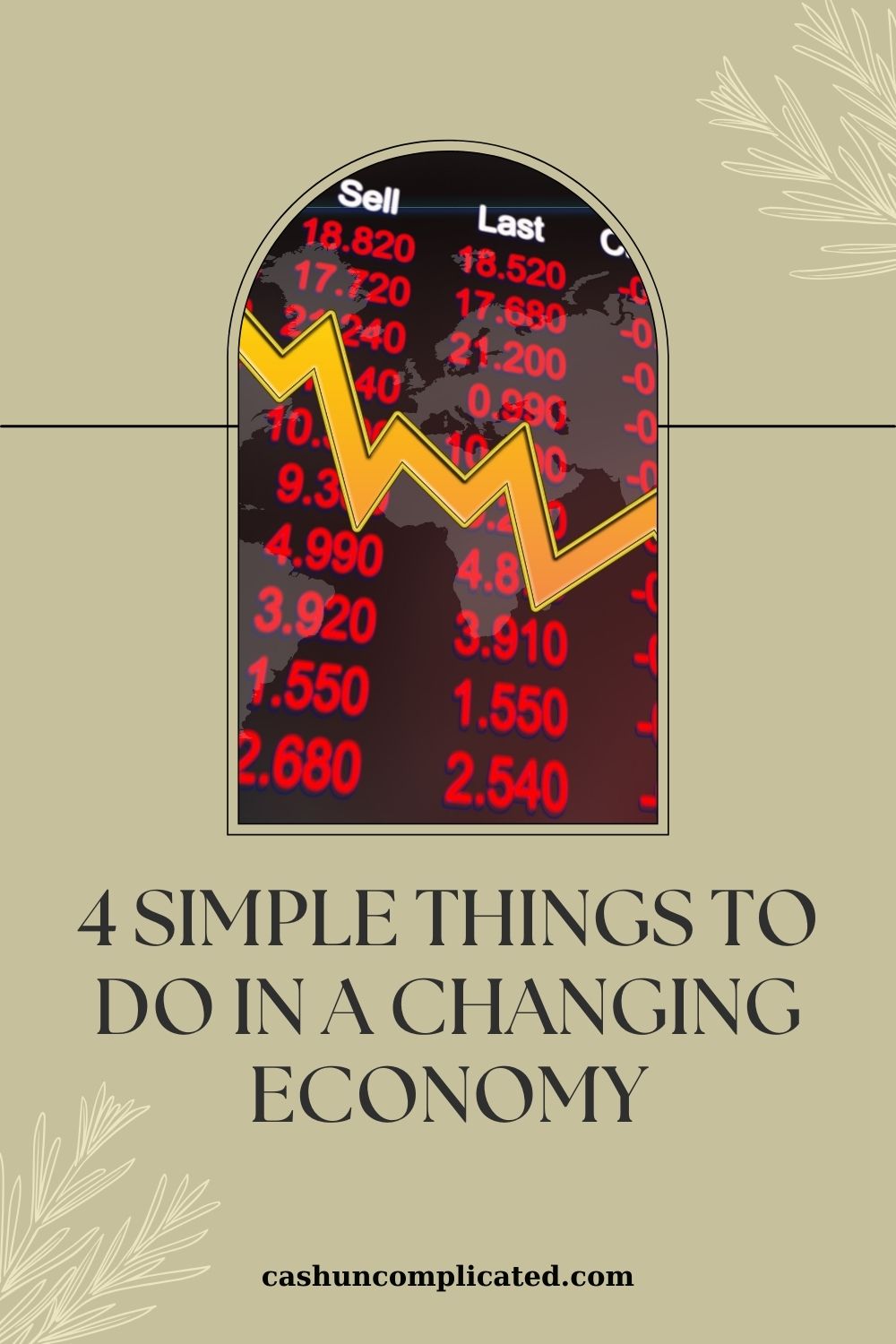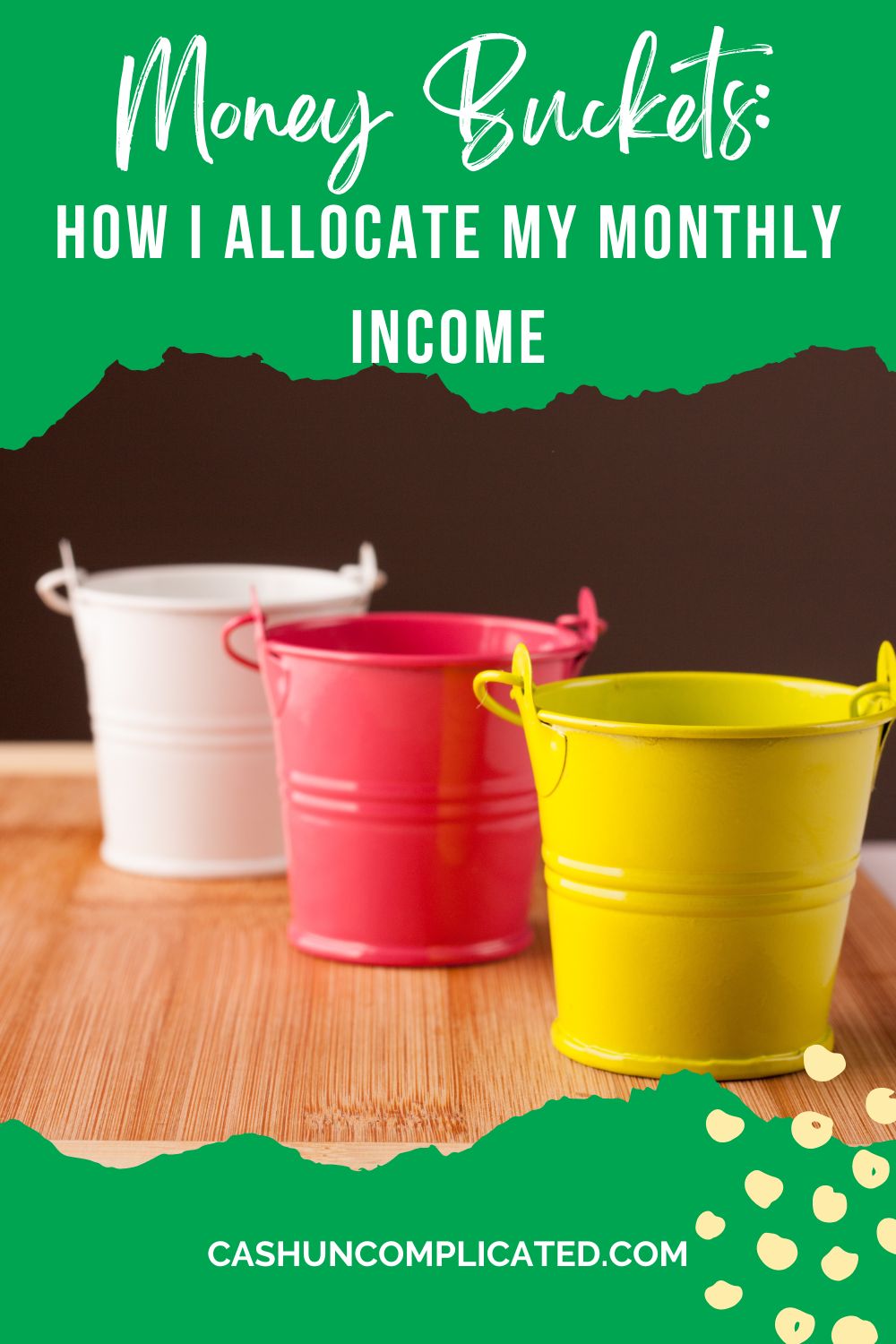We’ve all heard about the lottery winner going broke after 3 years. Or the celebrity declaring bankruptcy 5 years after their prime. Being successful with personal finance is really about the process. And a huge part of the process is creating healthy financial habits.
The reason the lottery winner went broke is they did not have financial habits in place. Even though they received a massive sum of money, there was no financial foundation. It’s like building a beautiful three story house on top of wet sand. Without a solid foundation, it cannot be supported, and will eventually collapse.
Anyone can create a financial foundation of healthy habits by following these 4 tenets. Pay yourself first, automate your money, eliminate bad debt, be a value-based spender.
Pay Yourself First
Paying yourself first is a habit anyone can start. Yes, even if you’re not making a lot of money. $5 or $10 a month gets the habit started and starts building the muscle. Investing even a little bit of money makes you an investor, which will become part of your financial identity.
Once you start to invest, your subconscious mind will work for you to find ways to invest more money over time. $10 a month will turn into $20, then $40, and soon exceed $100. From there it will continue to grow.
To show how this works, let’s use a made up example of a woman named Emma.
Emma has been investing $10 per month for the last three months. She is beginning to establish the mindset and habits of a good investor. Emma wants to begin investing more than $10 a month though. So she decides to bring her lunch two extra days this month.
With the money she is saving bringing her lunch to work a couple extra days every month, she’s able to double her monthly investment to $20 per month.
Emma continues to invest $20 for the next couple months. She’s happy to be investing, but thinks she can do better. She looks at her credit card bill and realizes she’s been paying $20 per month for two magazine subscriptions she never even reads anymore.
The next day she cancels both magazine subscriptions, and immediately sets up her investment account to withdraw 20 additional dollars each month. Now she is investing $40 per month. Emma knows this isn’t going to make her rich, but she’s already starting to see her money grow, and feels like she is making really good progress.
Four months later, Emma gets a $90 per month raise. She thinks to herself, “I’m happy living on my current salary, I should just invest the raise.” She sets up her investment account to automatically withdraw an additional $90 per month. Combining $90 with the $40 she has already been investing, makes it $130 she is now investing every month.
A year later, Emma gets another raise. This time it’s $110 per month. She again decides to invest it, and combines it with $130 to make it $240 a month. Emma thinks back to less than two years ago when she just started investing $10 per month. She’s proud of herself for forming the habit and rapidly increasing her monthly contributions.
A year and a half later, Emma finds a new job that pays her $480 more every month. She decides she wants to keep $80 per month for her monthly cash flow to reward herself. She invests the remaining $400 every month, combining it with the existing $240. She is now investing $640 every month, less than 5 years after she started with $10 a month.
That is the power of paying yourself first. Once you start the habit, you will find ways to pay yourself more.
Automate Your Money
This one goes hand in hand with paying yourself first. Automate your money to pay yourself first. Set up accounts in the areas you see fit. I have accounts for emergency, investment, rental property reserves, vacation, taxes, and fun money. I hold these accounts in an online bank with slightly higher interest rate than a traditional savings account.
You want to have enough accounts to fit your needs, but not so many that it becomes overwhelming or confusing. Every month a set amount of money is automatically transferred from my checking account to each of these accounts.
You can also set it up so that money is transferred straight from your paycheck into you online account, bypassing your checking account. It took a little bit of time to set up, but once you’re done, you don’t have to do anything other than periodically adjust contribution amounts as needed.
I don’t have to think about it unless I want to. It’s as close to easy and effortless as you can get.
I also automate monthly bills after I have paid myself first. That way I’m not manually having to pay bills online or really go old school and write checks to companies. That eliminates the possibility of missing payments or being late.
After I have automatically paid myself first and paid the monthly bills, I know the remaining money in my checking account can be used for groceries, entertainment, and miscellaneous items. This has eliminated the need to create a formal budget.
After years of using this automation system, I’ve developed a monthly rhythm of where my personal finances are, and how much I have to spend for the month. It’s easy and even boring, but very effective.
Eliminate Bad Debt
Bad debt is a killer of finances. It means that you are paying money to others rather than yourself. Money you could be investing and growing is instead given to companies you’re indebted to.
If that’s not bad enough, the money is usually borrowed at very high interest rates. Creditcards.com reports in an August 19th, 2020 article that the average interest rate on a credit card is 16.03 percent. That means if you have $3,000 in credit card debt and only pay the minimum every month, it will take you 8 years and 11 months to pay off. It will also cost your $1,400 in interest payments.
If you have $10,000 in credit card debt, and only pay the minimum every month, it will take you 12 years and 8 months to pay off. Total interest paid is a whopping $4,910!
When you have bad debt like credit cards, much of your money goes just into paying off debt for “stuff” you bought months or years ago. It’s very hard to grow financially when you’re just trying to get back to $0 and paying companies interest.
Be a Value-Based Spender
Last, but certainly not least, is to be a value-based spender. Being a value-based spender requires being highly intentional and thoughtful with your money.
We are almost programmed to mindlessly spend money. We develop these habits and routines during the workweek and weekends that just start to seem normal after a while. We do the same thing this week because we did it last week. And the week before, and the week before that. Here are some examples of mindless spending:
- Drive thru run for a coffee and bagel every morning during the workweek
- Happy hour every Friday at 5:00
- Dinner downtown every Saturday night
- Sunday brunch every week
- Buy a new car every 5 years with payments
- Late afternoon trip to the vending machines at work to get a snack
- Take out 3-4 nights a week
- Fast food run before or after kid’s soccer practice
There is nothing inherently wrong with anything on this list. Where we get ourselves into trouble (myself included) is when we spend money on these things without even thinking about them or enjoying the experience.
It’s one thing to plan a great Saturday evening out downtown with friends. You look forward to it for a week and have a fantastic time. It’s a whole other thing to just go out because that’s what you do on Saturday nights. Same with happy hour, brunch, and morning coffee.
The value-based spender thinks about these things and only spends on what he or she really enjoys, and wants to do. They are intentional with their time and money.
If someone loves going to the local coffee shop every morning because the coffee, customer service, and experience is unbeatable, that’s great. That’s much different than the daily run to the drive thru to satisfy a coffee and bagel craving where any old bagel and coffee will do. Coffee and a bagel can be made just as easily at home in that case.
As a value-based spender, you will find that goods, food, and experiences are just better when you are a value-based spender. You will also find yourself saving a good amount of money on things low on your value scale. Things that you used to spend on, that you never really wanted to begin with.
There is a lot of advice and products out there geared towards improving your personal finances. Most are distractions and not worth your time and money. Think simple, focus on these 4 things, and watch your financial health improve.
What is your most important financial habit? How has that improved your financial position?









This Post Has One Comment
Pingback: What is Lifestyle Creep? A Quick Overview – Cash Uncomplicated
Comments are closed.